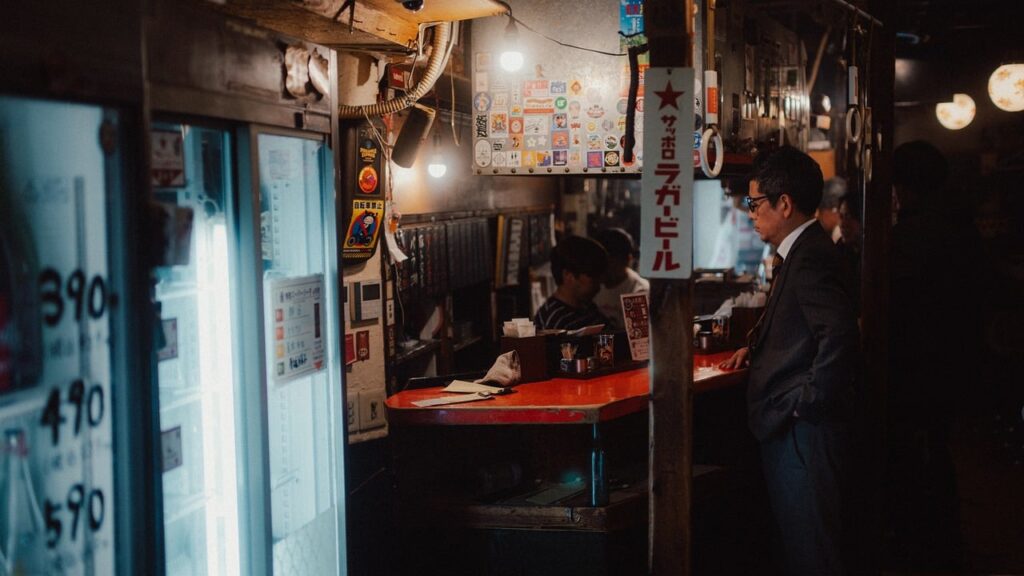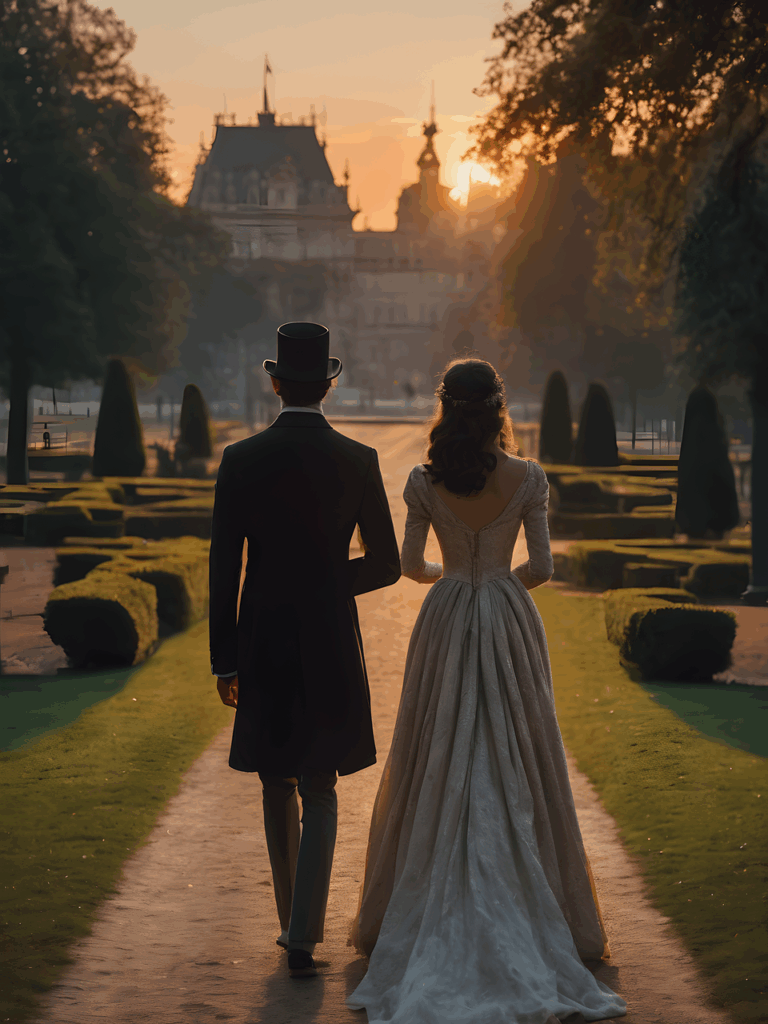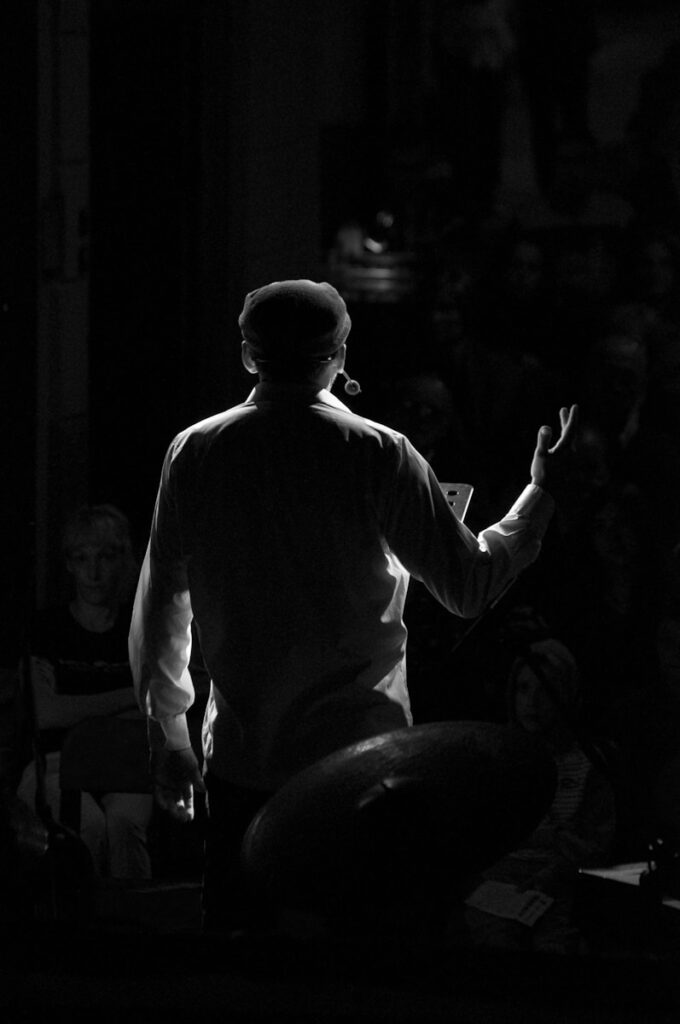
Lucine Amara, the American soprano whose clear, supple voice graced the Metropolitan Opera stage for more than four decades and whose tenacity led to a landmark age-discrimination suit against the company, died on September 6 at her home in Queens. She was 99 years old. Ms. Amara, born Lucine Tockqui Armaganian, was a prima donna of the Met, regarded by many as one of the finest lyric sopranos of her generation, whose impact extended far beyond her vocal prowess into the realm of artist advocacy.
Her career, which spanned from 1950 to 1991 at the Met, was marked by an extraordinary command of repertoire and an unparalleled reliability that earned her both immense respect and, at times, professional constrictions. She navigated the intricate landscape of a demanding operatic career, often stepping into critical roles at a moment’s notice, a testament to her profound dedication and musicianship. Yet, this very dependability contributed to a complex narrative of achievement and challenge.
Ms. Amara’s life story is one of an artist who, despite initial reluctance towards a vocal career, ascended to the pinnacle of her field, demonstrating not only exceptional talent but also a fierce determination to uphold artistic integrity and fair treatment in the competitive world of opera. Her journey offers a compelling look at the dedication required to sustain a world-class career and the fortitude needed to challenge institutional norms.
1. **Early Life and Musical Beginnings in San Francisco**Lucine Tockqui Armaganian was born on March 1, 1925, in Hartford, Connecticut, to Kevork and Adrine (Kazanjian) Armaganian. Her parents, Armenian immigrants, had survived the Armenian genocide of 1915 and later settled in San Francisco, where her father operated a shoe-repair shop. This early life provided a grounding in resilience and dedication that would later define her career.
Despite her eventual global renown as a soprano, Ms. Amara’s early musical inclinations were directed elsewhere. She began violin lessons at the age of 10, playing seriously for many years, and sang in her church choir. However, she never initially contemplated a career in vocal music, famously telling The Washington Post in 1965, “I never wanted to sing, and I never thought I had a voice. I wanted to teach violin.”
Her path shifted when, as a teenager, a friend recognized her innate vocal talent and urged her to take voice lessons. At 18, Ms. Amara commenced instruction with Stella Eisner-Eyn, a Viennese soprano. She supported herself during this period by working as a typist for the Southern Pacific railroad and the Navy, demonstrating an early work ethic that would be a hallmark of her professional life.
After little more than a year of vocal instruction, Ms. Amara joined the chorus of the San Francisco Opera from 1945 to 1946, initially singing as a contralto before her voice naturally ascended to the soprano range. She credited her years with the violin for developing the keen sense of pitch and sight-reading skills for which she became known. Her concert debut followed in 1946 at the War Memorial Opera House, and she continued her studies at the Music Academy of the West with Richard Bonelli in 1947, and later at the University of Southern California.
Her burgeoning talent was further recognized in 1948 when she won the Atwater Kent competition, a national music contest broadcast on the radio, and also a contest to appear at the Hollywood Bowl. Over the following two years, she performed as a soloist for the San Francisco Symphony, notably appearing in the title role of “Ariadne auf Naxos” and as Lady Billows in Britten’s “Albert Herring” in 1949, setting the stage for her grand entrance onto the national opera scene.
Read more about: Phil Lesh: The Grateful Dead’s Visionary Bassist — Unpacking the Enduring Legacy of a Musical Maverick

2. **Metropolitan Opera Debut and Initial Ascent**Ms. Amara’s Metropolitan Opera debut on November 6, 1950, marked a pivotal moment not only in her career but also in the history of the esteemed company. Her appearance as the “Voice from Heaven” in Verdi’s “Don Carlo” coincided with the opening night of Sir Rudolf Bing’s inaugural season as general manager, an era that would both profoundly shape and complicate her professional trajectory.
This initial role, an offstage part that was “heard but not seen,” was, with hindsight, described as a potent symbol of the marginalization she would later contend with at the Met’s hands. It began an extraordinary and long-standing association with the company, one that would see her perform over 700 times, or 882 appearances according to some records, throughout an impressive 41 seasons until 1991.
From this point forward, Lucine Amara began to establish herself as a vital presence within the Met’s roster. Her commitment and vocal artistry were quickly recognized, leading to an increasing number of significant engagements. She rapidly demonstrated a versatility that enabled her to tackle a wide array of roles, laying the groundwork for what would become an exceptionally broad and distinguished repertoire.
Her ability to immerse herself in various dramatic and lyrical characters swiftly solidified her position within the company. This initial period was crucial in showcasing her reliability and vocal strength, attributes that would become both her greatest assets and, in some respects, the source of later professional frustrations. Her talent was undeniable, and her presence on the Met stage became increasingly familiar to audiences.
Read more about: Davao City Unveiled: 12 Deep Dives into Mindanao’s Most Dynamic Metropolis
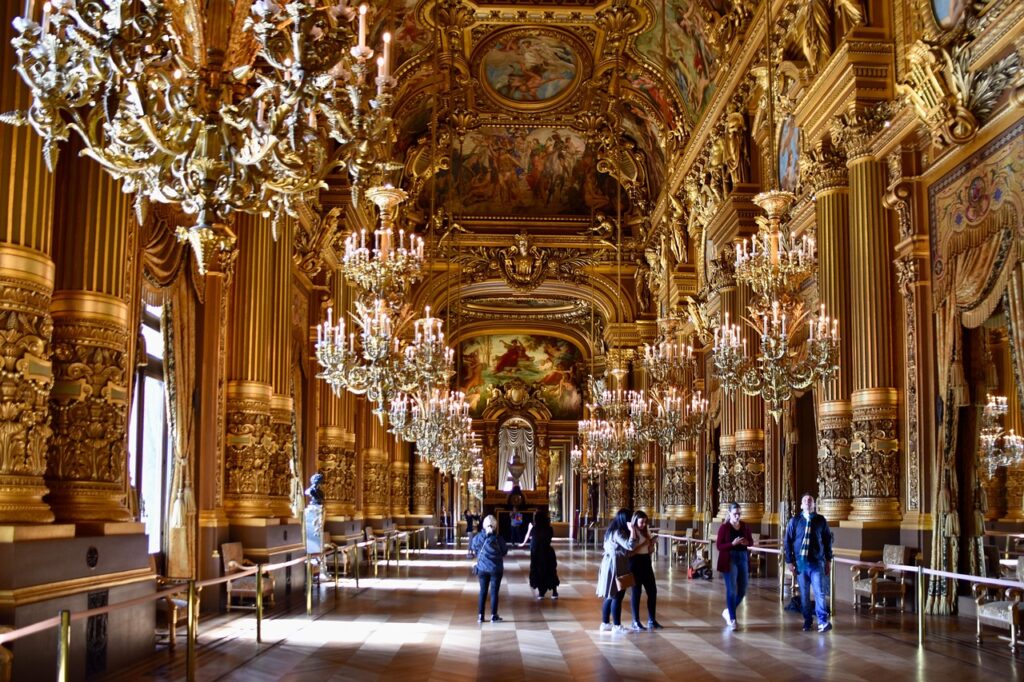
3. **A Stalwart Presence: Amara’s Extensive Met Career and Repertoire**Lucine Amara’s tenure at the Metropolitan Opera was nothing short of monumental. Over her 41 seasons, she commanded the stage in 56 different roles across 882 performances, a remarkable number of which, nearly 60, were broadcast on radio and television. This extensive record solidified her status as a foundational pillar of the Met during a golden age of opera.
Her repertoire was astonishingly diverse, spanning the dramatic intensity of Verdi to the lyrical beauty of Puccini and the psychological depth of Tchaikovsky. She regularly appeared as Micaëla in Bizet’s “Carmen,” Cio-Cio-San in Puccini’s “Madama Butterfly,” and Tatiana in Tchaikovsky’s “Eugene Onegin.” Her versatility also encompassed the title roles of “Tosca” and “Aida,” and the demanding Leonora in both “Il Trovatore” and “La Forza del Destino.”
Beyond these, her performances as Mimì in Puccini’s “La Bohème,” Nedda in Leoncavallo’s “I Pagliacci,” Donna Elvira in Mozart’s “Don Giovanni,” and Pamina in his “Magic Flute” showcased her mastery across different operatic styles and languages. She also embraced roles like Antonia in Offenbach’s “Les Contes d’Hoffmann,” Euridice in Gluck’s “Orfeo ed Euridice,” and Ellen Orford in Benjamin Britten’s “Peter Grimes,” further attesting to her comprehensive artistic scope.
Critics frequently lauded her performances, with Theodore Strongin of The New York Times describing her as “a first-rank Marguerite in all respects” following her appearance in a 1964 Met production of Gounod’s “Faust.” Years later, in 1969, Strongin reiterated his admiration, writing in The Times that her “artistry was impeccable, her musicianship wise and her voice crystalline and variegated in color” after reviewing one of her recitals at Carnegie Hall. These accolades underscore the consistent excellence she brought to every role.
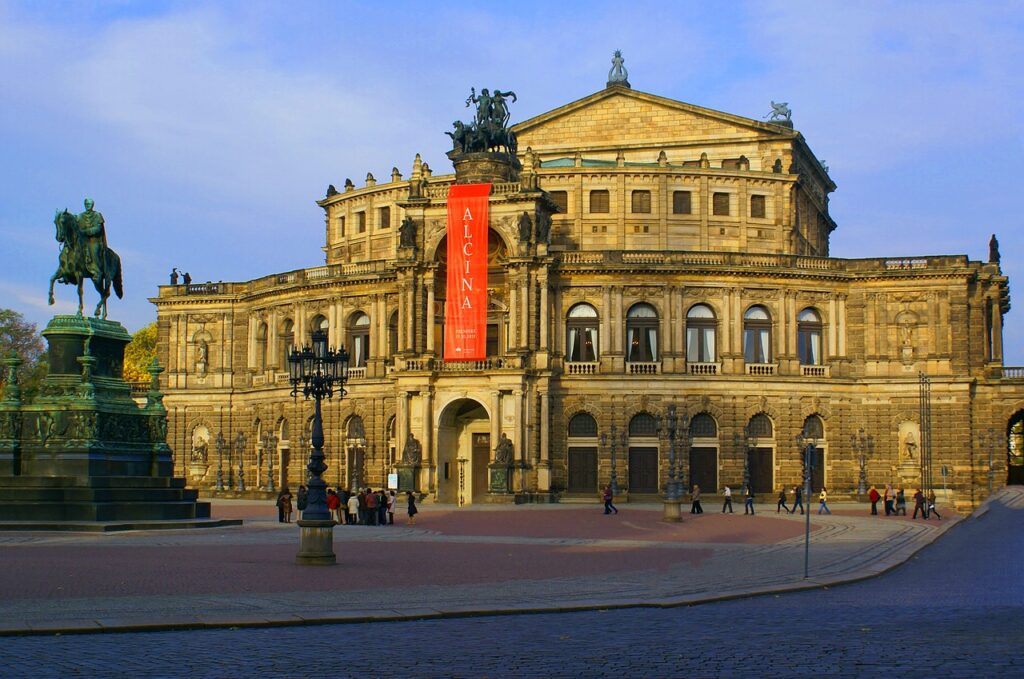
4. **The Unsung Heroine: Her Unparalleled Role as a Cover Artist**Beyond her scheduled performances, Lucine Amara cultivated an extraordinary, albeit unglamorous, reputation as the Metropolitan Opera’s ultimate cover artist. She was, in essence, the house’s leading specialist in crisis management, always prepared to step in for an indisposed soprano, often with mere minutes of notice. Her steadfast presence backstage earned her the moniker of “the house’s leading specialist in the last-minute rescue,” as noted by music critic Richard Dyer in The Boston Globe in 1979.
The sheer frequency of her impromptu performances was legendary: “Fifty-four times Amara’s name was announced from the stage as replacement for another artist,” Dyer chronicled. This remarkable statistic speaks volumes about her profound command of the operatic repertoire and her unwavering dedication to the company. She was the embodiment of the theatrical adage, “the show must go on.”
One particularly memorable instance occurred in 1975 during Verdi’s “La Forza del Destino,” when Martina Arroyo, mid-performance, was seized by a coughing fit. Ms. Amara, relaxing backstage, was rapidly costumed and propelled onto the stage in Arroyo’s stead. Such was the urgency that she had no time to change out of her anachronistic patent-leather boots, a detail that became part of the opera house’s lore. This seamless transition, often unnoticed by many in the audience, highlighted her extraordinary readiness.
Her reliability was so esteemed that, in a performance of “Turandot” in 1974, when the regularly scheduled soprano Anna Moffo, suffering from bronchitis, was booed by the audience, Ms. Amara received cheers upon her arrival to replace Moffo after the first act. It was not uncommon for her to take the stage even when battling her own ailments; she once performed the role of Antonia in Offenbach’s “Tales of Hoffmann” with a fever of 102 degrees, a testament to her profound commitment.
Indeed, her immense competence and what Bruce Burroughs, an opera writer and longtime friend, described as her “matter-of-fact approach to her craft” paradoxically prevented her from achieving the broader public recognition of some of her peers. Burroughs observed, “She made singing seem a little too easy: There was no evidence of struggle. We always knew that she was going to hit the high note, and it would be in the center of the pitch.” This consistent, effortless excellence, while admirable, perhaps lacked the dramatic narrative that often propelled other singers to stardom.
5. **The Bing Era: A Complex Relationship with the Met’s General Manager**Sir Rudolf Bing, the imperious general manager of the Metropolitan Opera from 1950 to 1972, played a dual role in Lucine Amara’s career, simultaneously fostering her talent and imposing significant limitations. Her Met debut itself, as the “Voice from Heaven” in Verdi’s “Don Carlo” on Bing’s inaugural night, symbolically foreshadowed this complex relationship. The fact that her first role was offstage, heard but not seen, seemed to augur the “marginalization” she later described experiencing at the company’s hands.
Bing, a shrewd administrator, quickly recognized Ms. Amara’s immense value. Her clear, supple voice, her vast command of the operatic repertoire, and her unparalleled reliability made her an indispensable asset to the Met. She was a singer who could be counted on, an essential quality for any major opera house, particularly one as grand and demanding as the Met.
However, Bing’s appreciation for her talents came with stringent conditions. While he ensured her a consistent presence on the Met stage and a steady income, he also, in the words of Bruce Burroughs, “didn’t like the idea of her accepting contracts elsewhere, particularly going off to Europe, because he knew that the more she was heard in other places, the more in demand she would be.” This protective, almost possessive, stance was ultimately detrimental to her broader international career, limiting her exposure and opportunities outside New York.
Her reliance on Ms. Amara’s standby capabilities meant that Bing often prioritized the Met’s needs over her personal career aspirations. This dynamic, while ensuring the Met always had a first-rate soprano on call, created a professional environment that, for Ms. Amara, often felt restrictive and constraining, despite her consistent performances and artistic contributions within the Met’s walls.
6. **The Golden Straitjacket: Restrictions on Outside Engagements**Lucine Amara’s indispensable role as the Metropolitan Opera’s cover artist came with a significant personal cost: a professional “golden straitjacket.” Her constant availability was a non-negotiable requirement, compelling her to “always had to live in Manhattan,” as she told The Record newspaper in 2015, “because I had to be no further than 10 minutes from the opera house.” This imposed geographical tether severely restricted her autonomy and opportunities.
Sir Rudolf Bing, the Met’s general manager, was notoriously averse to Ms. Amara accepting contracts beyond the Met, particularly in Europe. He understood that wider exposure would inevitably increase her demand, potentially jeopardizing her invaluable role as the company’s primary fill-in. As Bruce Burroughs explained, “She was too valuable” for the Met to risk her being unavailable, leading to a policy that curbed her international potential.
This restriction manifested in concrete ways, famously preventing her from pursuing an engagement at La Scala in Milan, often regarded as the “Olympus of operatic careers.” Ms. Amara recounted to Opera News in 2005 that upon receiving a telegram from La Scala to perform “Aida,” Bing unequivocally refused to release her. His stern warning, “If you go, don’t bother coming back,” underscored the high stakes of defying the Met’s expectations.
Despite these formidable constraints, Ms. Amara did manage to perform on various prestigious international stages. Her engagements included the Vienna State Opera, the Glyndebourne Festival in England, and the Edinburgh Festival. She also toured, performing in Russia in 1965 and China in 1983. These appearances, however, were often hard-won exceptions rather than regular occurrences, constantly overshadowed by her primary obligation to the Met. Her loyalty and exceptional talent, while cherished by the Met, simultaneously curtailed the breadth of her international artistic footprint, leaving many to wonder what further heights she might have reached had she been afforded greater freedom.

7. **A Landmark Legal Battle: The Age Discrimination Lawsuit Against the Met**In 1976, at the age of 51, Lucine Amara initiated a courageous and landmark age-discrimination complaint against the Metropolitan Opera with the New York State Division of Human Rights. This legal action marked a significant turning point in her illustrious career, bringing to light the systemic challenges faced by mature artists in the competitive world of opera.
Her contention was rooted in the Met’s decision to offer her only a “cover” contract, drastically reducing her scheduled performances despite her consistent excellence and invaluable reliability. Ms. Amara articulated her frustration, stating that the Met “has tied me up for 40 weeks for many years. I could never get a release to sing anywhere else,” underscoring the professional constraints she had endured for decades.
She famously conveyed her sense of being sidelined, likening her position to that of “a football player on the bench,” even as other sopranos, often with greater marquee appeal, were brought in for last-minute replacements. Ms. Amara was unequivocal in her stance, asserting, “If the Met had ever said that I was artistically inadequate I would have bowed out.” Instead, she recounted, she was informed she was simply “too familiar” to the public.
In 1978, the Human Rights division sided with Ms. Amara, upholding her complaint and ordering the Met to conciliate the dispute. This ruling, while met with mixed reactions from music critics—some of whom questioned a singer’s influence on casting, others who lauded her tenacity—represented a significant victory for artist advocacy and a challenge to entrenched institutional practices.
Her actions set a crucial precedent, as she later observed, impacting industry standards: “Since then, more and more artists have put that into their contracts.” Ms. Amara’s unwavering resolve in challenging the Met’s policies underscored her profound commitment not only to her own career but also to the fair treatment of all artists.
8. **Navigating a Changed Landscape: Post-Lawsuit Career and Subsequent Challenges**The repercussions of Ms. Amara’s successful age-discrimination lawsuit significantly altered the trajectory of her remaining years at the Metropolitan Opera. Following the legal dispute, her appearances with the company became markedly fewer, often limited to one or two performances per season, a stark contrast to her earlier prolific schedule.
Indeed, the period immediately after the complaint saw her absent from the Met’s roster entirely for a significant span, from 1977 until 1981. This hiatus underscored the tension that had developed between the soprano and the institution she had served with such unparalleled dedication for decades.
Eventually, the Met offered her a new four-year contract, commencing with the 1980-81 season, a gesture that seemed to promise a renewed presence for the beloved soprano. This agreement included highly coveted title roles such as Puccini’s “Turandot” and Ponchielli’s “La Gioconda,” as well as the leading role of Amelia in Verdi’s “Un Ballo in Maschera,” signaling a potential return to prominence.
However, this anticipated return was largely thwarted by unforeseen circumstances. The 1980-81 season was significantly shortened by a labor dispute at the Met, severely curtailing opportunities for all artists. Consequently, after an absence of nearly four years, Ms. Amara managed only a single performance of “Ballo” in February 1981, marking her sole appearance that entire year.
Over the ensuing decade, Ms. Amara made a total of 16 additional appearances with the Met, gradually winding down her remarkable tenure. Her final performance on the Met stage took place on January 7, 1991, in the role of Madelon in Giordano’s “Andrea Chénier,” concluding an extraordinary 41-season association. Adding to the complexities of this period, James Levine, the Met’s music director, was alleged to have made a dismissive comment, suggesting that if “Lucine Amara would go away, change the color of her hair, have a facelift, change her name and come back within a month singing as she does now, she would be the hottest new soprano around,” a remark that painfully encapsulated the biases she confronted.

9. **A Global Reach: International Engagements and Wider Acclaim**Despite the significant constraints placed upon her by Sir Rudolf Bing during her earlier Met career, Lucine Amara’s undeniable talent and consistent demand ultimately allowed her to establish a notable international presence. Her artistry transcended the confines of New York, leading her to grace many of the world’s leading operatic stages.
Her European engagements were particularly distinguished, including performances at the renowned Vienna State Opera in 1960, the prestigious Glyndebourne Festival in England during the 1954-55 and 1957-58 seasons, and the esteemed Edinburgh Festival in 1954. These appearances showcased her mastery of diverse repertoires to discerning European audiences, garnering critical appreciation beyond the American continent.
Ms. Amara also embarked on groundbreaking tours to other parts of the world, notably performing in Russia in 1965 and China in 1983. These international ventures were significant, not only expanding her artistic footprint but also introducing her exceptional voice and dramatic interpretations to audiences in regions less frequently visited by Western opera singers of her stature.
These global performances underscore Ms. Amara’s enduring appeal and her ability to captivate diverse cultural landscapes. While the Met remained her primary artistic home, her international appearances provided crucial opportunities for her to expand her artistic expression and solidify her reputation as a truly global operatic figure, contributing to her multifaceted legacy.
10. **Preserving a Legacy: Discography and Cinematic Appearances**Though Lucine Amara’s live performances were legion, her recorded legacy offers invaluable insights into her vocal artistry and interpretive depth, preserving her contributions for future generations of opera enthusiasts. Her discography, while not as extensive as some contemporaries, includes several highly regarded recordings that stand as testaments to her unique sound.
Among her most cherished recordings is her portrayal of Musetta in Puccini’s “La Bohème,” a legendary performance alongside revered artists such as Victoria de los Ángeles, Jussi Björling, and Robert Merrill, under the baton of Sir Thomas Beecham. This recording remains a benchmark for its stellar cast and exquisite musical direction, capturing Amara’s nuanced performance.
She also recorded the role of Elsa in Wagner’s “Lohengrin” under Erich Leinsdorf, a production notable for Ms. Amara stepping in to replace Leontyne Price, and twice recorded Nedda in Leoncavallo’s “I Pagliacci,” first with Richard Tucker in 1951 and again with Franco Corelli in 1960, demonstrating her sustained command of the role.
Beyond operatic stages, Ms. Amara’s voice was immortalized as the soprano soloist in Verdi’s monumental Messa da Requiem, recorded in 1964-65 with Maureen Forrester, Richard Tucker, and George London, accompanied by the Philadelphia Orchestra under Eugene Ormandy. This recording further exemplified her versatility and her capacity to convey profound emotional depth in sacred repertoire.
Her artistic ventures extended into the visual realm as well, with an appearance in the 1951 Hollywood film “The Great Caruso,” where she shared the screen with Mario Lanza. She also performed the role of Frasquita in a 1952 television production of Bizet’s “Carmen.” These cinematic and televised appearances introduced her artistry to a broader public, moving beyond the traditional opera house setting and showcasing her dynamic stage presence to an even wider audience.
11. **Beyond the Stage: Mentorship, Artistic Direction, and Continued Performance**Following her retirement from the Metropolitan Opera, Lucine Amara channeled her vast experience and profound understanding of operatic art into new avenues, becoming a dedicated mentor and an influential artistic director. Her commitment to the future of opera was palpable as she embraced these new roles.
She assumed the significant position of Artistic Director for the New Jersey Association of Verismo Opera, a post she held for approximately 25 years. In this capacity, she guided and inspired countless aspiring singers, sharing the wisdom accumulated over her four-decade career at the pinnacle of the operatic world. Concurrently, she taught master classes across the United States, Canada, and Mexico, directly shaping the next generation of vocal talent.
Ms. Amara expressed immense joy in witnessing the success of her protégés, stating, “Seeing young performers go to the Met or to a major company. That is a thrill for me.” This sentiment underscored her selfless dedication to fostering talent, deriving immense satisfaction from the flourishing careers of artists she had influenced.
Even in her later years, Ms. Amara remained connected to performance. In a testament to her enduring spirit and artistry, she performed as a special guest artist with the Musica Bella Orchestra on January 23, 2005. Furthermore, at the age of 81 in 2007, she graced the stage as the retired diva Heidi Schiller in a concert performance of Stephen Sondheim’s musical “Follies” at City Center in Manhattan, delivering the poignant line, “Never look back, one more kiss and goodbye.”
Her profound contributions to music were officially recognized in 1989 when she was inducted into the Academy of Vocal Arts Hall of Fame, a fitting tribute to a career defined by excellence, resilience, and an unwavering commitment to her craft and to the artists who would follow in her footsteps.
Read more about: Snoop Dogg: Facing the Evolution of a Hip-Hop Icon, From Streets to Global Stages
12. **An Enduring Legacy: A Voice That Resonated Beyond the Stage**Lucine Amara, described by many as one of the finest lyric sopranos of her generation, leaves behind an enduring legacy that transcends her formidable vocal prowess. Her impact on the world of opera and artist advocacy remains profound, solidifying her place as a figure of historical significance.
Her clear, supple voice and unparalleled command of a vast repertoire captivated audiences for decades, earning her accolades such as being called “the greatest lyric soprano of our time” by The Times in 2005. Time Magazine further celebrated her, noting that “she brought to the stage the kind of dazzling vocal splendor that made the Met famous,” affirming her status as a true prima donna.
Yet, her legacy is perhaps most powerfully etched in her courageous stand against age discrimination at the Metropolitan Opera. This legal battle not only challenged institutional norms but also set a crucial precedent, influencing contractual agreements for artists worldwide and empowering future generations to advocate for fair treatment in their careers.
Ms. Amara’s unwavering reliability as the Met’s “cover artist,” her consistent excellence across 56 roles and nearly 900 appearances, and her dedication to mentorship in her later years collectively define a career of extraordinary commitment. She was a stalwart presence, an artist of integrity, and a champion for her fellow musicians.
Read more about: Rosa Roisinblit: A Century of Unyielding Truth-Seeking in Argentina’s Darkest Hour
Lucine Amara’s life, which concluded on September 6, 2024, at the age of 99, was a testament to resilience, artistic integrity, and a deep-seated passion for opera. Her journey, marked by both triumphant performances and challenging professional battles, ensures that her voice—both as a singer and as an advocate—will continue to resonate within the annals of operatic history, inspiring countless artists and admirers for years to come.





